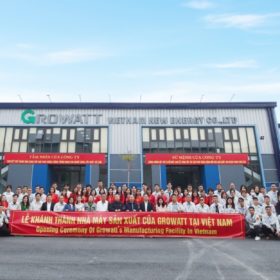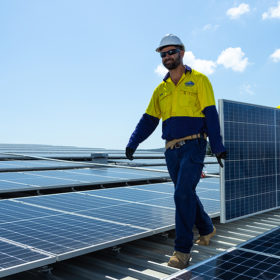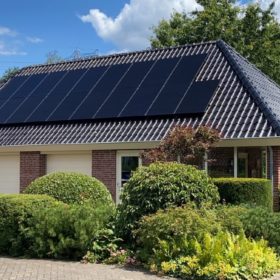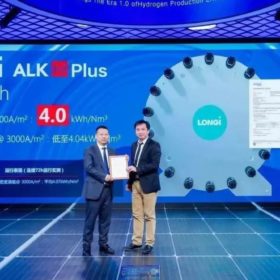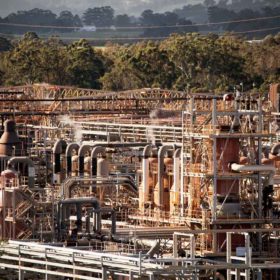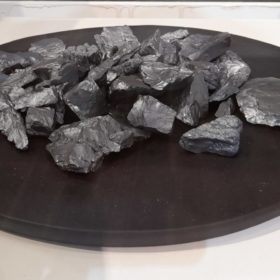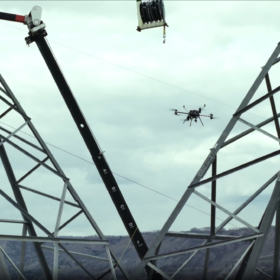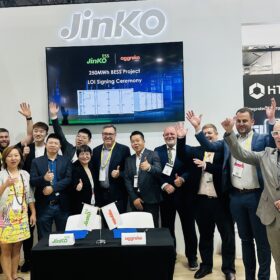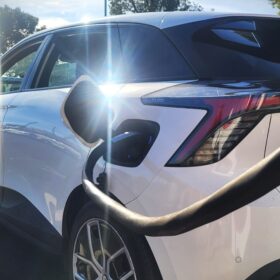Growatt opens Vietnam inverter plant, GCL-SI to build 12 GW PV panel factory
GCL-SI says it will build a new 12 GW solar manufacturing facility in China’s Jiangsu province, while Growatt has opened a factory with an annual capacity of 500,000 inverters and 100,000 batteries in Vietnam.
Australia’s top 10 solar panel and inverter manufacturers revealed
Analysis from Sunwiz has revealed Australia’s breakdown of top rooftop solar and inverter manufacturers for 2022.
Global trends for solar in 2023
Component cost declines, local manufacturing and distributed energy are the three big trends for the renewable energy sector this year, according to S&P Global.
Tongwei unveils 21.7%-efficient shingled solar panels for residential PV
Tongwei is offering six versions of its monofacial monocrystalline panels, with power outputs ranging from 400 W to 430 W and power conversion efficiencies between 20.1% and 21.7%.
Longi releases new alkaline electrolyser
China’s Longi claims that its new ALK Hi1 electrolyser can produce hydrogen with an energy content of 4.3 kWh per normal cubic meter. It says the levelised cost of hydrogen could be up to 2.2% lower than other electrolysers on the market.
Australia regretting belated transition as IRA sparks global race for renewables
When US President Joe Biden signed the $500 billion (USD 369 billion) Inflation Reduction Act into law in August 2022, it was lauded as the most significant policy the world has yet seen to combat climate change and drive the transition to renewable energies. However, some international critics and competitors claim the landmark bill thwarts their slow-burning ambitions to foster green manufacturing at home. As governments scramble to respond to the scale of the IRA, Australia is one country realising it may have already been left behind.
Trina Solar to expand n-type ingot capacity by 35 GW
In response to growing demand, Trina Solar has revealed plans to ramp up ingot capacity at a new factory in Xining, in China’s Qinghai province.
Solar wafer, cell prices continue to rise
Wafer prices rose by between 24% and 36% this week, according to new data from the China Nonferrous Metals Industry Association (CNMIA).
Aluminium giant to deploy 4 MW renewably-powered technology in WA plant
US aluminium giant Alcoa will go ahead with trialling a steam recycling technology aimed at reducing emissions at its West Australian Wagerup facility, after an ARENA-backed study found the technology was not only feasible but cheaper.
Polysilicon price rebound continues
Polysilicon prices started to rise in the second half of January, according to new data from the China Nonferrous Metals Industry Association (CNMIA).
